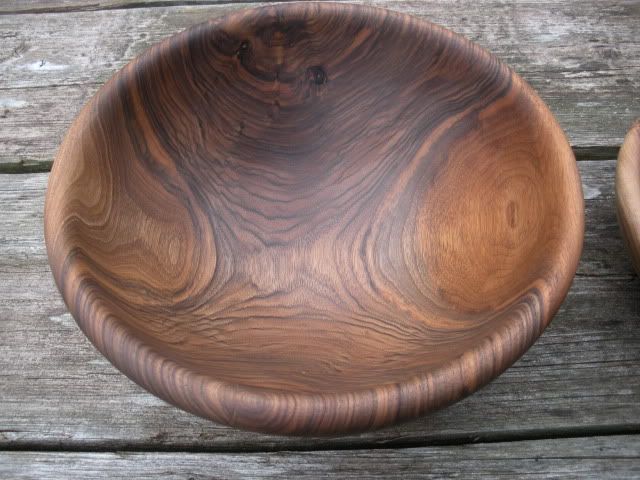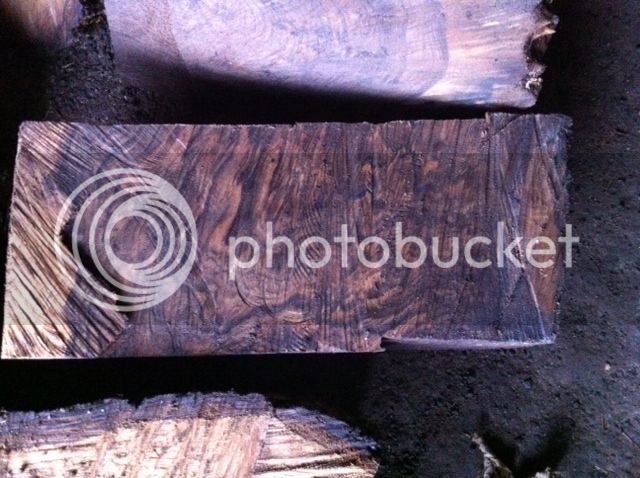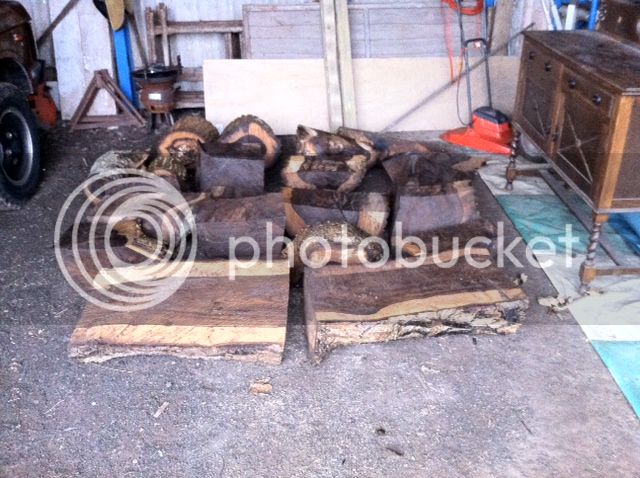Ok , experts ready?
I've just bought the largest piece of walnut I have ever owned. Only 1 plank so dont get too excited!
I'm confused, is it walnut, or black walnut? or walnut black? or several other variations I have seen online.
Is all walnut black seems to be my main question.
I've just bought the largest piece of walnut I have ever owned. Only 1 plank so dont get too excited!
I'm confused, is it walnut, or black walnut? or walnut black? or several other variations I have seen online.
Is all walnut black seems to be my main question.














